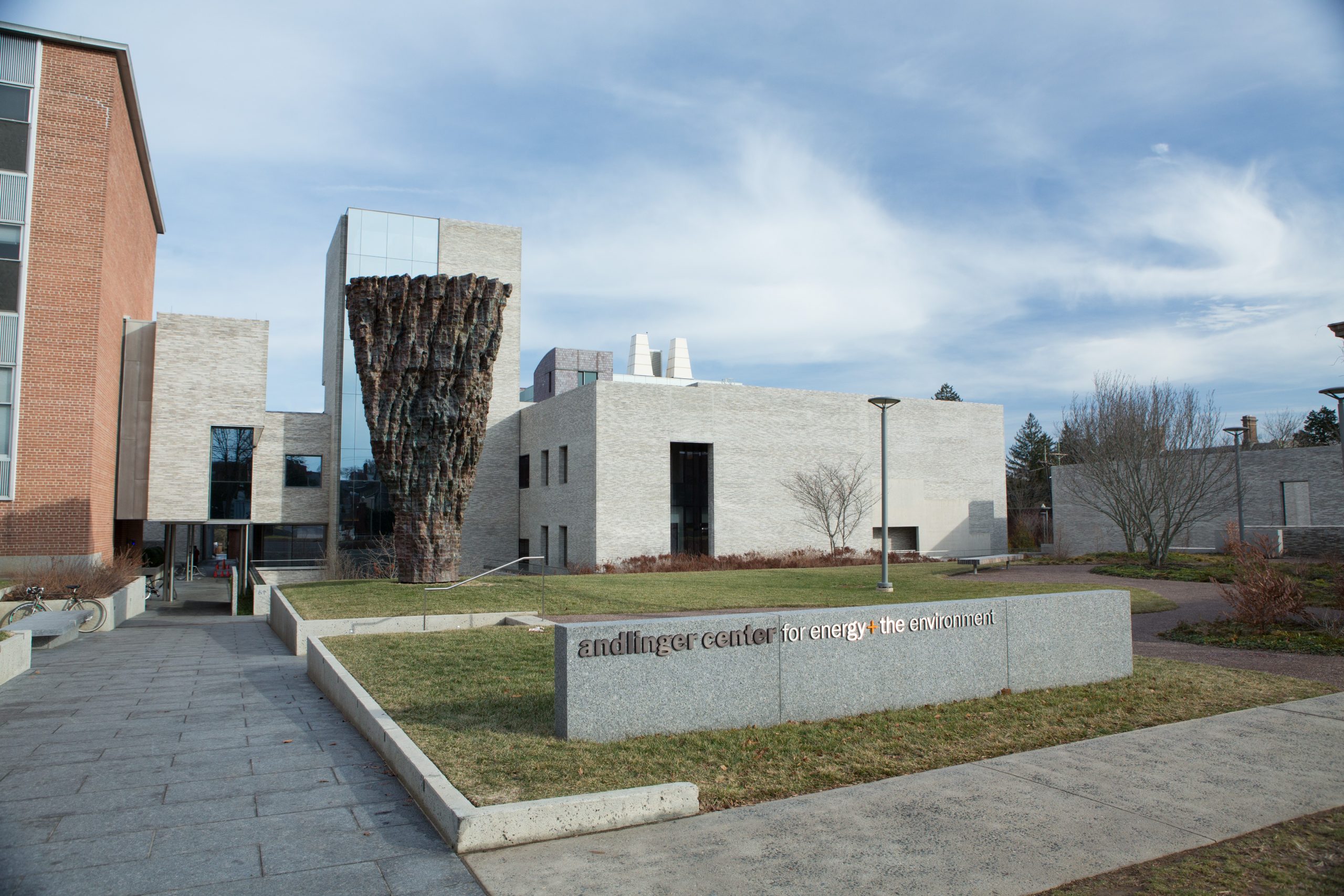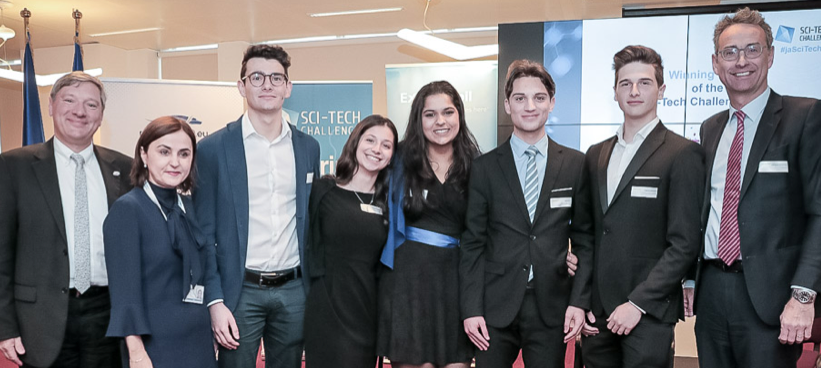ExxonMobil and Princeton University’s Andlinger Center for Energy and the Environment are extending their research partnership to support new programs to advance breakthrough energy technologies like power generation and CO2 capture research.
The ambitious work, which will continue for another five years, builds on ExxonMobil’s participation in Princeton’s E-filliates Partnership and focuses on identifying lower-emission technologies that can accelerate the energy transition.
To date, the partnership has advanced research to develop solar-powered smart windows, extend the life cycle of electric vehicle batteries and more.
To mark the occasion, ExxonMobil’s vice president of research and development, Dr. Vijay Swarup, and the director of Princeton University’s Andlinger Center, Dr. Lynn Loo, reflected on the partnership and their hopes for the future of energy.
Energy Factor: Tell us about the partnership between Princeton and ExxonMobil. What are the benefits of researching together?
Vijay Swarup: We love our relationship with Princeton because it is that nexus of all the disciplines coming together to do the fundamentals. We think the root of this solution is going to be industry-academic collaboration.
I think it’s underappreciated how technical energy is. It requires a combination of science and engineering unlike any other industry. What we’re working on with Princeton is connecting all those dots.
Lynn Loo: Working with the researchers at ExxonMobil allows us to make sure that we’re asking the right questions with the right urgency and at the right scale. It makes us better scientists and better teachers. Frankly, we want companies like ExxonMobil and other energy companies at the table to discuss the energy challenge.
EF: What do you anticipate for the next five years of research? What is the ultimate goal?
VS: Our ultimate goal is identifying the gaps we have in solving the dual challenge of meeting the world’s energy needs while lowering emissions. But to eradicate energy poverty, to manage it within the scope of emissions reduction, and to bring these scalable solutions to the world is going to require a different way of thinking. It’s going to require new technologies. The next five years are going to be important ones in the energy-science space as we really begin to understand the pathways to scale.
To do this, we’re not just working with Princeton, which is one of five energy centers and 80 university partners that we work with. We’re also looking to integrate the Department of Energy and National Labs, as well as ultimately turn to private industry to scale.
LL: It’s an “all hands on deck” moment. Looking forward over the next five years, putting together a network with the other university energy centers as well as with the National Renewable Energy Lab (NREL) would be great, because different universities and labs bring different strengths. It would be great to bring everybody together to tap each other’s expertise and try to move the needle on the problem.
To learn more about the partnership, watch Lynn and Vijay continue their conversation below.




